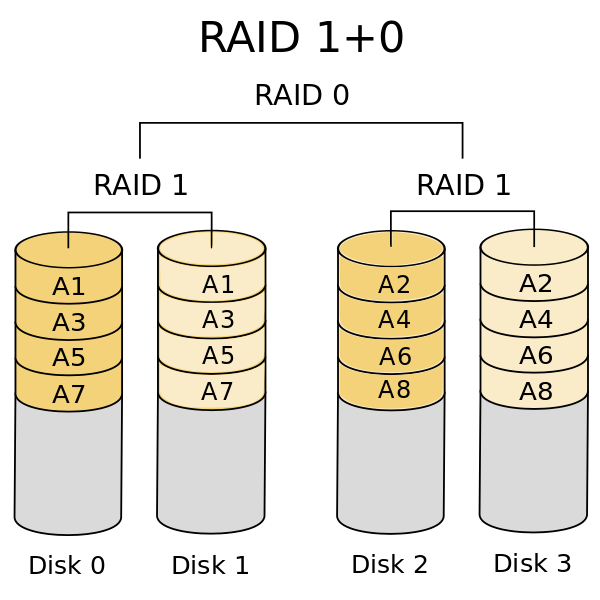You've probably seen it on the homepage of your favorite hosting company...
Featuring RAID 10 storage!
So it must be pretty important...right?
I mean, they use an exclamation point and everything!
But if you don't have a ton of experience in server configurations, you're probably wondering what exactly it is...and why it should matter to you.
Well, we'll tell you:
What is RAID 10?
The redundant array of independent disks (RAID) is a way to store data across multiple hard drives in order to offer better speed or redundancy, or both. RAID 10 combines both disk mirroring (RAID 1) and disk striping (RAID 0) configurations to keep your data safer.
Why is RAID 10 important?
At SSD Nodes, we use a RAID 10 (or RAID 1+0) configuration on all of our VPS because it keeps our cloud servers humming along. The setup "offers both tremendous speed and maximum file redundancy," which is a critical aspect of a high-performing SSD-based hosting experience.
But for those who aren't experienced in the nuances of server hardware configurations, it's yet another piece of jargon that's difficult to parse—is it a real benefit, or does it just sound good?
With transparency in mind, we thought we'd take a moment dig into what RAID 10 means to us, and why it's so important to your hosting experience.
[cta_inline]
The Redundant Array of Independent Disks (RAID)
At its core, the redundant array of independent disks (RAID) is a
by subscribing to our newsletter.




